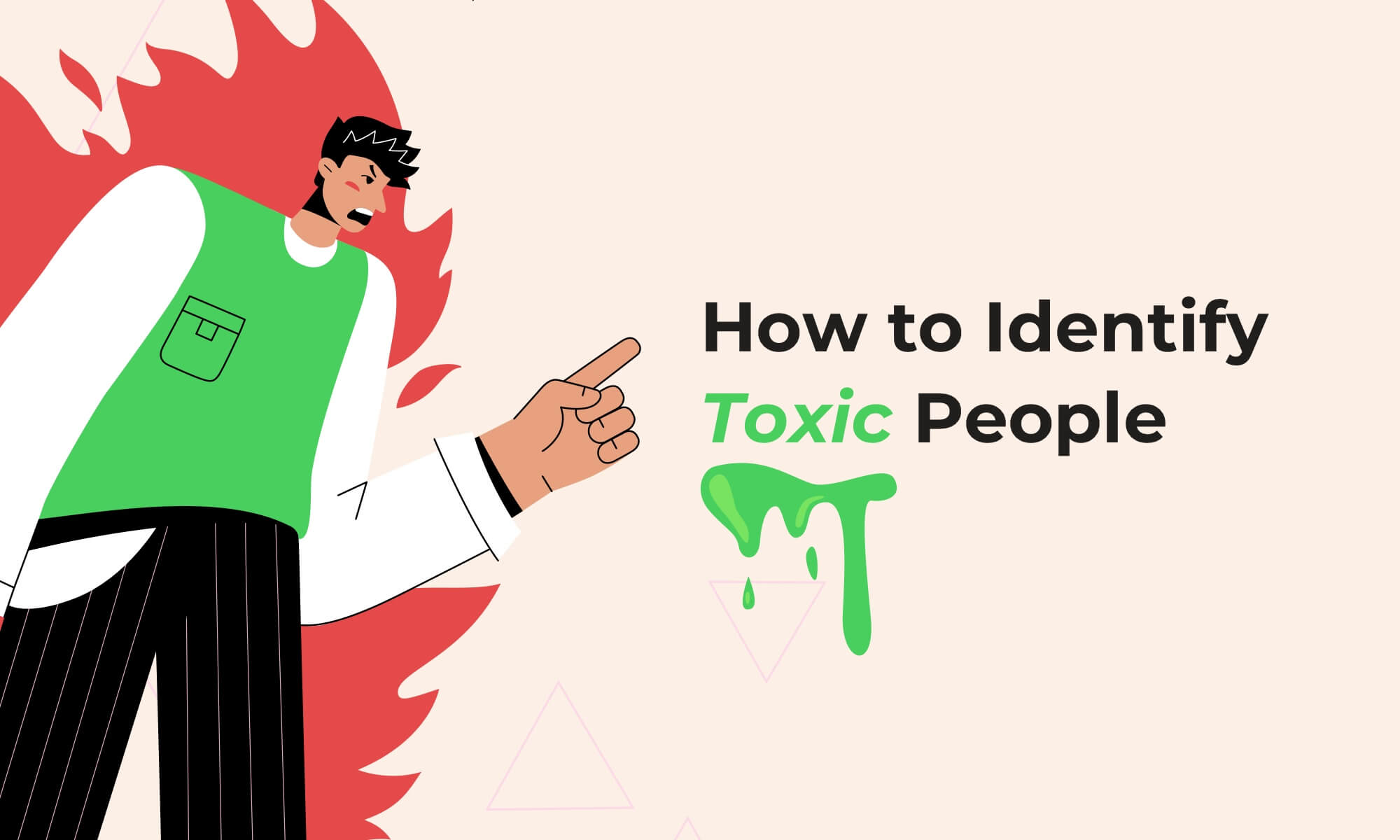Communication Pitfalls: Why People Misunderstand What You Say

Communication is a fundamental part of social interactions. Though the art of communication may seem easy to master but in reality, it can get tricky easily and become a source of misunderstandings and conflicts.
Human communication is a two-way street: someone talks, you hear and interpret. And this is when things can go wrong. We think we understand what people are saying, but we often don’t, especially when the message implies feelings and emotions.
Here are four reasons why we may misinterpret what other people are telling us, and what to do about it.
Four Reasons We Misunderstand What People Say
- Multiple meanings: e.g. a recent study finds that 72% of the most frequently occurring English words contain multiple meanings.
- Tone of voice: e.g. people who communicate in a hurry and do it in a factual and brief way, are often perceived as angry, no matter what words they pronounce.
- Non-verbal signals: e.g. the postural element influences how people determine what attitude you communicate. In other words, people believe your body more than your words.
- Our previous experience: we often add our own meanings to words based on our previous experience. E.g. if you’ve had a bad experience with cats, the word ‘cat’ may contain negative connations for you, even though they were not implied by the speaker.
Making Sure People Understand What You Mean

1. Use simple language
Avoid jargon and long words. Instead, try to use concrete words with few meanings (if possible) as well as simple sentence constructions.
2. Ask questions
Open-ended questions are the best way of checking whether the other person understands what you mean as well as your own understanding of what they want. An open-ended question typically begins with “Why” and “How”, or phrases such as “Tell me about…”. It encourages a full, meaningful answer using the subject’s own knowledge and/or feelings (opposite to a closed-ended question which encourages a short or single-word answer).
Mind that clarifying questions are not just for you. By asking other people to clarify, they become clearer in their own minds.
3. Understanding doesn’t equal agreement
Tell others that you don’t agree, especially when you show (verbally or non-verbally) that you understand them. Otherwise, if they think you agree and later surprise them with your disagreement, it may damage your relationships.



